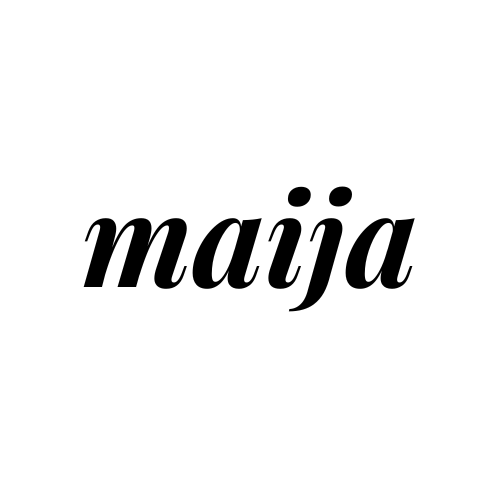
Introduction
When it comes to styling your dining table, perfect symmetry is no longer the only way to impress. The new wave in home entertaining and decor is all about mixing and matching your tableware to create a fresh, personalized look. Whether you're hosting a casual brunch or a formal dinner, curated tableware combinations add depth, texture, and creativity to your setting. Forget the old-school matching sets — it’s time to let your personality shine through every plate and spoon.
In this guide, we’ll show you how to confidently combine your tableware for a cohesive and eye-catching dining experience.
1. Why Mix and Match Tableware?
Gone are the days when dinnerware needed to be a uniform set. Mixing tableware is not just a design choice—it’s a chance to express your style and create a memorable experience for your guests.
Benefits of mixing and matching tableware:
Adds personality : Reflects your taste and creativity.
Saves money : You can collect over time or combine existing pieces.
Flexible for occasions : Mix casual and formal pieces to suit different gatherings.
More visual interest : Different colors, shapes, and materials create a layered look.
Instead of sticking to safe and same, mixing tableware lets your table speak in a visual language that’s uniquely yours.
2. The Building Blocks of a Balanced Table
Before you start pairing wild colors and patterns, it helps to understand the main elements that make up your tableware collection.
Key tableware items to mix:
Plates : Dinner plates, side plates, and dessert plates in various finishes and colors.
Bowls : From wide pasta bowls to small rice bowls—great for texture and height.
Glassware : Goblets, tumblers, wine glasses in different shapes or hues.
Cutlery : Matte black, gold, wood-handled, or minimalist stainless steel.
Serveware : Trays, platters, and pitchers that tie the look together.
Napkins & placemats : Not technically tableware , but important for the overall aesthetic.

3. Tips for Mixing and Matching Like a Pro
It’s easy to feel overwhelmed when choosing tableware that doesn’t come from the same set. But a few simple strategies can help you create a cohesive look that feels intentional.

Stick to a Color Palette
Choose 2–3 colors to anchor your design. This gives you freedom while still maintaining harmony. Example combinations:
Soft neutrals + gold accents
Terracotta + sage green + off-white
Black + blush + natural wood
Mix Textures and Finishes
Contrast is key. Try pairing matte ceramic plates with glossy bowls or woven placemats under sleek glassware. The contrast adds richness to the tableware story.
Balance Patterns and Solids
If you're using bold patterned pieces, balance them with simple solid colors to avoid clashing. One patterned item per setting (like a floral salad plate) is often enough.
Layer for Dimension
Layering is a designer’s secret weapon. Stack a dinner plate, smaller side plate, and a bowl in varying colors or shapes for a curated, collected look.
Anchor with Neutrals
Too much variety can overwhelm. Ground your look with neutral or white tableware pieces and build out with color and texture.
4. Styling Ideas for Different Vibes
Here are a few tableware combination ideas to match specific dining moods:
🌿 Earthy & Organic
Matte stoneware plates in beige or taupe
Hand-thrown ceramic bowls in speckled glaze
Wooden serving boards
Linen napkins and natural fiber placemats
🎨 Playful & Artistic
Mismatched vintage plates from different collections
Brightly colored glassware
Hand-painted bowls with quirky details
Patterned napkins with fringe
✨ Minimal & Modern
All white or black base plates
Clear or smoked glass tumblers
Sleek flatware with clean lines
Neutral-toned linen with subtle texture
🍷 Classic with a Twist
White porcelain with gold-rimmed accents
Deep navy or charcoal side plates
Crystal glassware
Brass or black cutlery
A great way to elevate a formal table with subtle drama and elegance.
RECOMMENDED PRODUCTS
Conclusion
Mixing and matching tableware is more than just a trend—it’s an invitation to turn your meals into meaningful moments. It allows you to break the mold of the traditional and embrace a more flexible, expressive approach to hosting. Whether you're crafting a bold look for a dinner party or just having tea with a friend, your tableware choices help tell your unique story.
FEATURED IN THIS BLOG
Frequently Asked Questions
Can I mix tableware from different materials?
Absolutely. Pairing ceramic with glass, wood, or even metal creates visual interest and keeps the table from feeling too uniform.
How do I keep it from looking messy?
Choose a unifying element tableware (color, texture, or theme) and repeat it throughout. Even the most eclectic tables can look intentional with the right balance.
Can I mix vintage and modern tableware?
Definitely. The contrast between old and new brings personality to your table and makes your tableware feel curated rather than catalogued.
Related readings
"Come on, let’s find the decor item that’s just right for you!"








